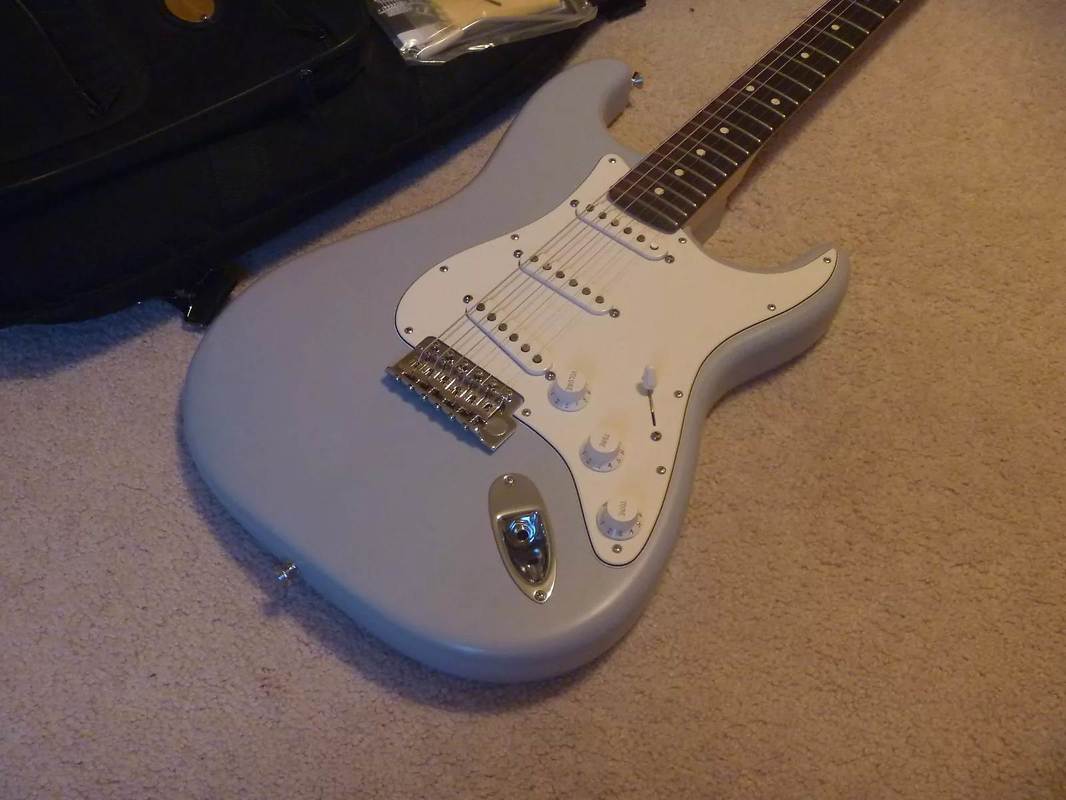

The finish, however was different.įender used satin lacquer instead of their usual choices for this particular model. We are talking alder body and the good old Strat shape. The body of the guitar is pretty much the same thing you can find on any American Stratocaster. That was pretty odd considering this guitar cost only a fraction of the price. The guitar didn’t step outside of the established Stratocaster framework, but it did bring some solutions many found to be better than what can be found on regular American Fenders. With Fender Highway 1, this changed for a while. When it comes to American made Stratocasters, you need to be prepared to drop a generous amount of money for a good one. But was that really the case? Let’s find out together


It appeared so since the price was kind of in that area. The release of this guitar raised quite a few eyebrows in the community.Ĭould they have seriously made an affordable Strat that sounded close to the high end ones? But those can’t even compare to the original.įender has been making attempts to produce an affordable Stratocaster. Fender tried to alleviate this problem in part by making Squier Stratocaster models. Even the Mexican Strats, which are considered to be lower quality than those made in U.S, can be decently expensive. Strats generally cost a decent amount of money. Almost every guitar player, despite the genre of music they play, would absolutely love to have one of these. That has been the case for a long time now. The Greasebucket circuit behaved like a high-pass and low-pass filter, thus allowing the treble to be cut and damping the low frequencies, so as the knob is rolled off, bass boom isn't added in, making the tone control more usable.Fender Stratocaster is among the most desired guitars in the world. So by cutting the treble, the bass sounds more pronounced. In reality this description should not be taken literally: the classic Stratocaster tone control cannot add low frequencies: no passive circuit can add but can only cut however, by eliminating some frequencies, the others seem prominent. The new tone controls were actually Greasebucket tone circuits (already mounted on the last models of the previous series) which Fender qualified with these words: "The Greasebucket tone circuit adds a new dimension to your tone, the effect is that when rolled down, the tone pot reduces the high frequencies, but does not add bass". As just stated, it had a different bridge than the one used previously, larger frets and the pickups were Alnico III.
FENDER HIGHWAY ONE STRATOCASTER 2006 SERIES
The new Highway One, exhibited at the summer NAMM 2005 and introduced in the catalog in mid-2006, distinguished itself from the first series by the large headstock and a new nitro finish. The neck and the body were manufactured and finished with satin acrylic lacquers (instead of the gloss finish of the American Series) in the Corona factory, while the case was a normal Deluxe Gig Bag.Ī few years later Fender renewed the series. In 2006 Fender decided to change the bridge of the Highway (they probably resolved to do this for some models from the end of 2005) assembling the same bridge used on the American Special, of Asian origin (distinguishable by the engraving "PW-36" present on the bridges manufactured by Ping) and characterized by the same mounting space as the previous one (2 7/32"), but with a smaller string spacing (2 1/16") just like the MIM Standards or some Squiers. The Highway One featured staggered coil pickups made in Mexico, Ping tuning machines, and a vintage style bridge already used on the Classic Series of the '60s so, the mounting space was like the string spacing, 2 7/32" (56mm). It could be placed between the American Series and the Mexican Standard Stratocaster and it was the lowest priced Stratocaster made in US, thus occupying that market segment in which in the '90s were the hybrid Stratocasters made partly in US and partly in Mexico or in the East. In fact, this guitar had, at least in theory, everything that the Stratocaster needed, with nothing more. "Everything you need, nothing you don't" - this was the motto that Fender adopted in July 2002 to describe the newly born Highway One Stratocaster.


 0 kommentar(er)
0 kommentar(er)
